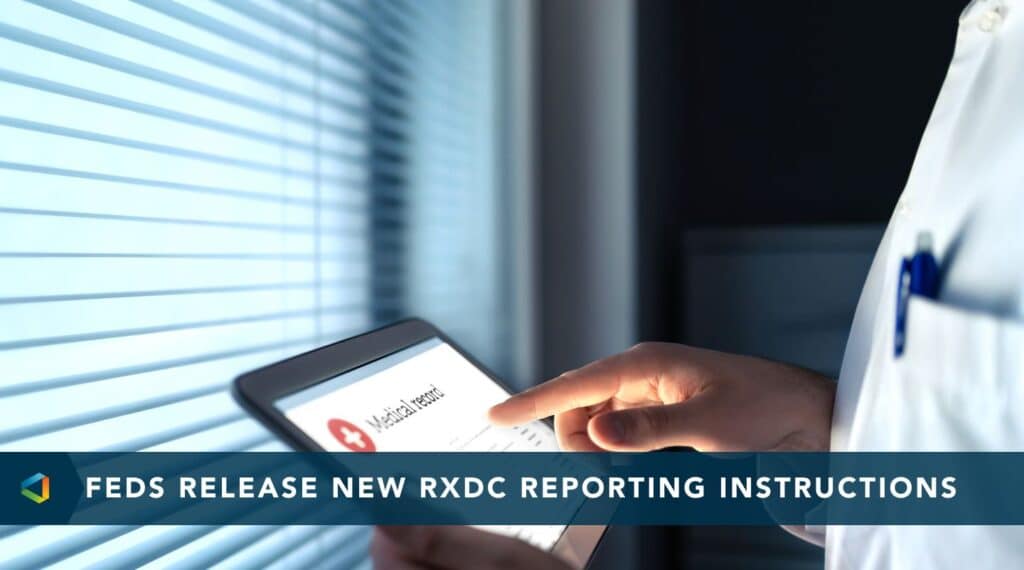Better Benefits, Lower Costs
Third-Party Administration 101: Answering Your FAQs on TPAs
Third-Party Administration 101: Answering Your FAQs on TPAs
Third-Party Administrators (TPAs) are important components of self-funded employer health plans. Delve into this FAQ primer to learn the basics of third-party plan administration and how they could potentially work with your organization.
What is a Third-Party Administrator?
Self-funded plans require an entity known as a Third Party Administrator (TPA). The role of a TPA is to coordinate with plan vendors and partners, process pharmacy and medical claims, and ensure that the plan is managed properly. The mission of a TPA is to function as a plan hub that replicates the seamless experience of a fully-insured plan.
What are the benefits of a Third-Party Administrator?
An employer typically contracts a TPA when they are contemplating a move to a self-insured program or are looking to evolve their current self-insured program from a bundled to an unbundled model. Unbundled plans that are coordinated and managed by TPAs offer many potential upsides to plan sponsors, including the following:
- Greater control over plan design and benefit coverage options.
- Greater access to utilization data and price transparency.
- Reduced prescription drug claims via a pharmacy benefit manager (PBM) carve-out.
- Access to different network models, including reference-based pricing programs.
- Greater flexibility in integrating with point solutions rather than defaulting to a single carrier program (disease management programs, analytical platforms, healthcare navigation services, etc.).
In other words, employers may find the highest degree of control and flexibility by working with a TPA in an unbundled plan. This model offers unparalleled opportunities to build a cost-effective plan that is customized to the needs of an organization and employee population, albeit with a certain degree of increased risk and managerial responsibilities.
How Do You Select a Third-Party Administrator?
There’s a wealth of TPA options out there for plan sponsors to pick from. Oftentimes, it is advisable to begin by searching within your existing network. If you are migrating from a fully-insured plan or a bundled self-insured plan, your carrier likely owns a TPA. Using your carrier’s TPA minimizes disruption to members and generally makes change management easier as you transition to an unbundled self-insured plan.
Alternatively, plan sponsors can consider independent TPA organizations that can “rent” the use of a mainstream national health network, although it should be noted that using a TPA that is not affiliated with a major carrier will likely entail a greater amount of member disruption. To mitigate this issue, it may be advisable to perform a network disruption analysis. This type of analysis is conducted by identifying all providers that are currently being utilized and asking the prospect carrier to indicate whether said providers are in or out of their network. Generally speaking, disruption levels are lowest when transitioning from one national network to another.
Aside from change management concerns, plan sponsors who are deciding between multiple TPA options should consider factors such as the following:
- analytical platforms,
- technical capabilities,
- ability to integrate with PBMs and other service providers, and
- ability to provide data and insights around spending that can be leveraged for further plan optimizations.
In addition to this, it is prudent to ensure that TPA candidates can support potential future changes, such as switching to a captive or transitioning to reference-based pricing.
Will Transitioning to a Health Plan with a TPA Be Disruptive?
Though moving to an unbundled self-insured plan often entails many changes for the employer, it does not necessarily need to be disruptive to employees and their covered dependents.
It’s worth remembering that the bulk of employees tends to enter their open enrollment period with three primary questions:
-
Did my carrier or network change and will that impact my care team?
-
Did the quality of my health benefit get worse?
-
Did the amount of money that I pay for health insurance increase?
Employers can answer these questions and mitigate concerns by taking the following actions:
1. Conducting a provider disruption analysis, as mentioned above.
2. Making plan design decisions that mirror previously existing benefits, maintain existing coverage, and refrain from increasing premium contributions.
3. Running a pharmacy formulary disruption analysis.
Note: This type of analysis assesses the impact that switching to a new pharmacy benefit manager may have on plan participants. It typically involves pulling a list of currently utilized drugs and asking the proposed pharmacy benefit manager to indicate how their policies and formulary would affect coverage. In many cases, they will agree to maintain existing coverage of ineligible drugs on a temporary basis in order to allow members to work with their healthcare providers to find a clinically effective alternative.
4. Creating and executing an effective communication plan that anticipates employee concerns and provides clear information on things such as new ID cards, any changes in coverage, and a list of new providers with instructions on how to contact customer service.
Selecting a TPA is an important milestone in migrating to an unbundled plan model that allows for greater control over your health spending. Employers with unbundled plans have the option to pursue strategies like reference-based pricing, insurance group captives, and carved-out pharmacy benefit managers in order to contain their health plan costs.
You can learn more about unbundled plan models and other solutions in the OneDigital Cost Containment Playbook.
Share
Related News & Updates

Article
Update on 2023 Air Ambulance Reporting
3.09.2023

Article
Year-End Checklist for Your Retirement Plan
10.17.2022


